-
×
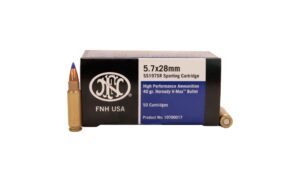 Federal Premium Centerfire Ammo 5.7x28mm
1 × $350.00
Federal Premium Centerfire Ammo 5.7x28mm
1 × $350.00 -
×
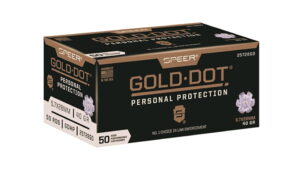 Gold Dot Hollow Point Centerfire Pistol Ammunition 500 rounds
2 × $420.00
Gold Dot Hollow Point Centerfire Pistol Ammunition 500 rounds
2 × $420.00 -
×
 Fort Scott Munitions 243 WINCHESTER 58 Grain Centerfire Rifle Ammunition
1 × $980.00
Fort Scott Munitions 243 WINCHESTER 58 Grain Centerfire Rifle Ammunition
1 × $980.00 -
×
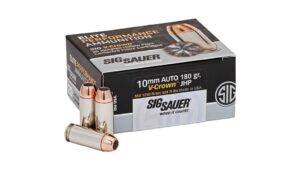 Sig Sauer Elite V-Crown 10mm Auto 180gr. JHP Pistol Ammo 500 rounds
1 × $270.00
Sig Sauer Elite V-Crown 10mm Auto 180gr. JHP Pistol Ammo 500 rounds
1 × $270.00 -
×
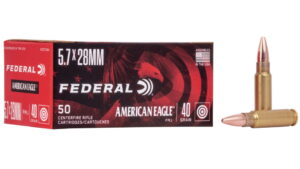 Federal Premium Centerfire Handgun Ammo 5.7x28mm 40 gr
1 × $370.00
Federal Premium Centerfire Handgun Ammo 5.7x28mm 40 gr
1 × $370.00 -
×
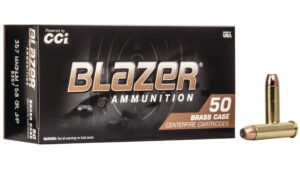 CCI Ammunition Blazer Brass .357 Magnum 158 grain
1 × $275.00
CCI Ammunition Blazer Brass .357 Magnum 158 grain
1 × $275.00 -
×
 Hornady Superformance SST Ammo 243 Winchester 95 Grain SST 500 rounds
1 × $730.00
Hornady Superformance SST Ammo 243 Winchester 95 Grain SST 500 rounds
1 × $730.00 -
×
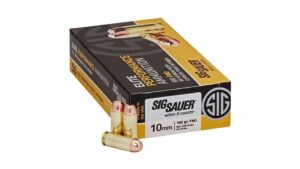 Sig Sauer Elite Performance 10mm Auto 180 grain Full Metal Jacket Brass Cased Centerfire Pistol Ammunition 500 rounds
1 × $280.00
Sig Sauer Elite Performance 10mm Auto 180 grain Full Metal Jacket Brass Cased Centerfire Pistol Ammunition 500 rounds
1 × $280.00 -
×
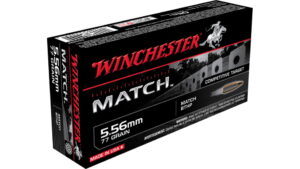 Winchester MATCH 5.56x45mm NATO 77 grain Boat Tail Hollow Point 500 rounds
1 × $350.00
Winchester MATCH 5.56x45mm NATO 77 grain Boat Tail Hollow Point 500 rounds
1 × $350.00 -
×
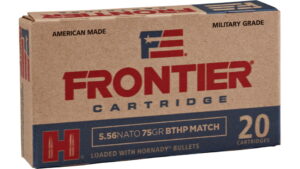 Hornady Frontier 5.56x45mm NATO 75 Grain Boat-Tail Hollow Point 500 rounds
1 × $330.00
Hornady Frontier 5.56x45mm NATO 75 Grain Boat-Tail Hollow Point 500 rounds
1 × $330.00 -
×
 Winchester DEFENDER HANDGUN 9mm Luger 147 grain Bonded Jacketed Hollow Point Brass Cased 500 rounds
1 × $300.00
Winchester DEFENDER HANDGUN 9mm Luger 147 grain Bonded Jacketed Hollow Point Brass Cased 500 rounds
1 × $300.00 -
×
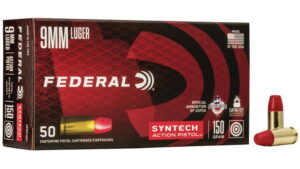 Federal Premium Centerfire Handgun Ammunition 9mm Luger 150 grain Syntech Total Synthetic Jacket 500 rounds
1 × $265.00
Federal Premium Centerfire Handgun Ammunition 9mm Luger 150 grain Syntech Total Synthetic Jacket 500 rounds
1 × $265.00
Subtotal: $5,340.00
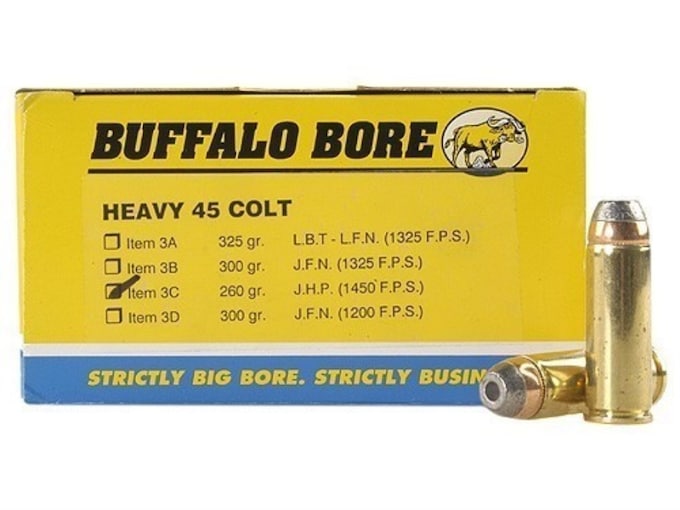
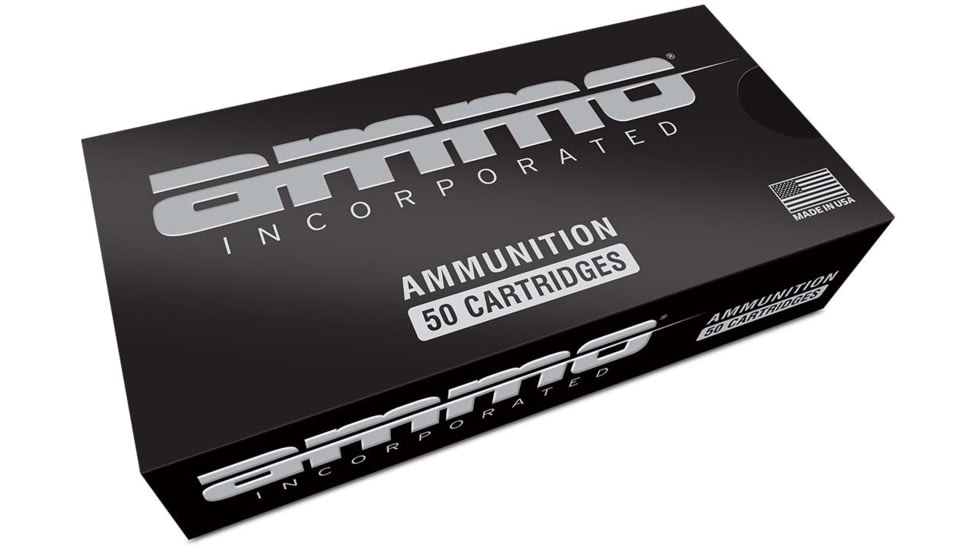
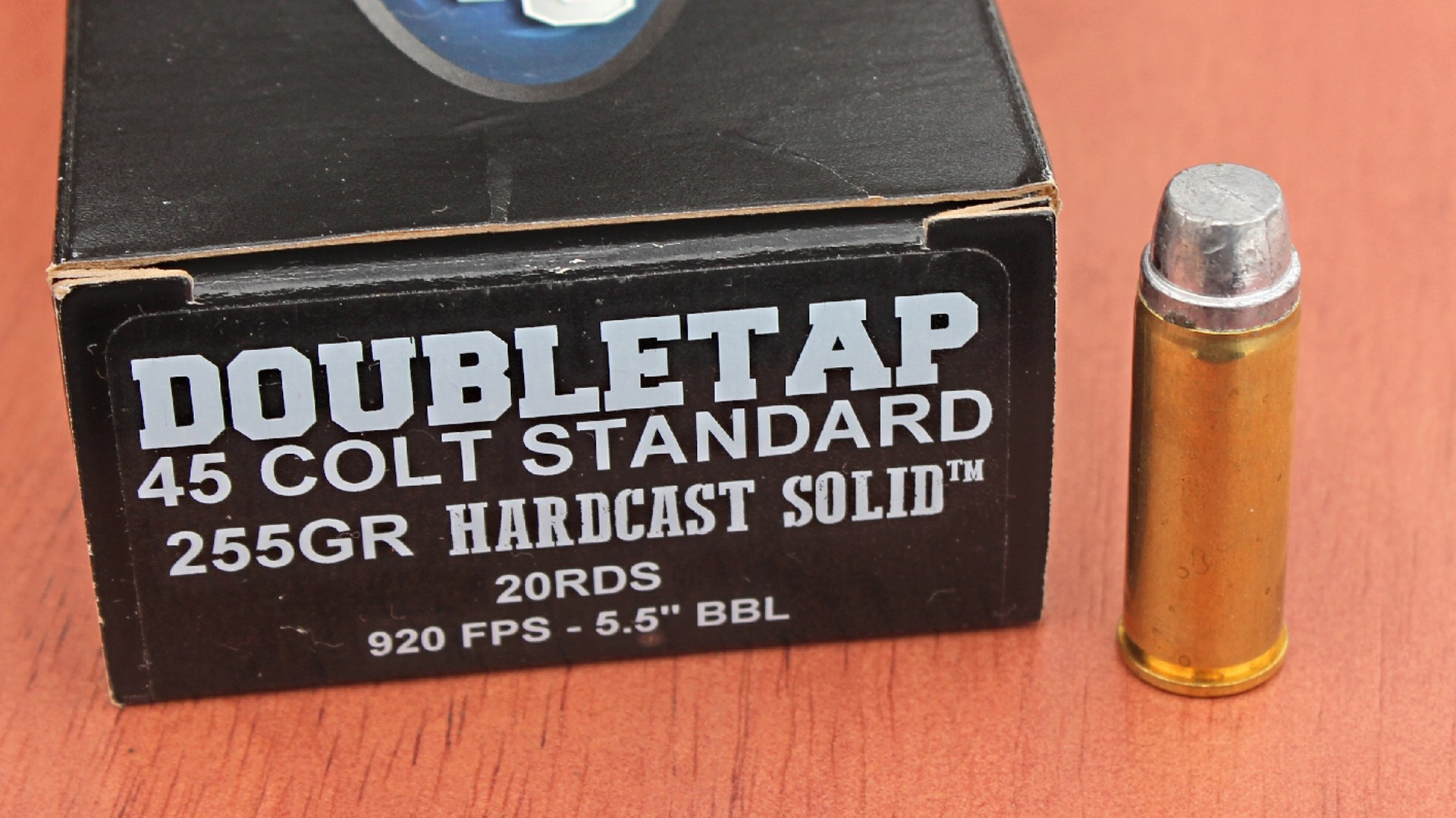
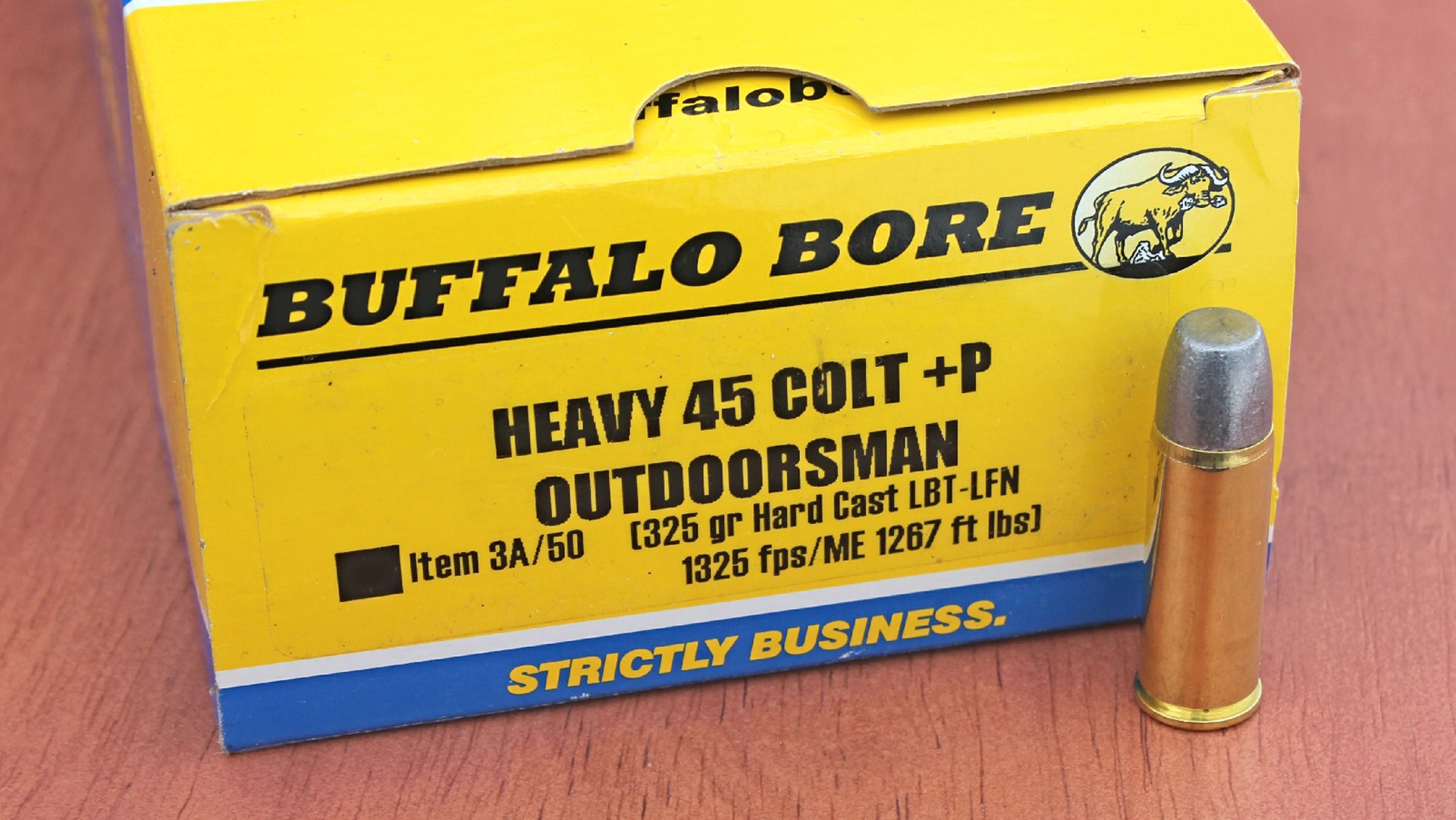
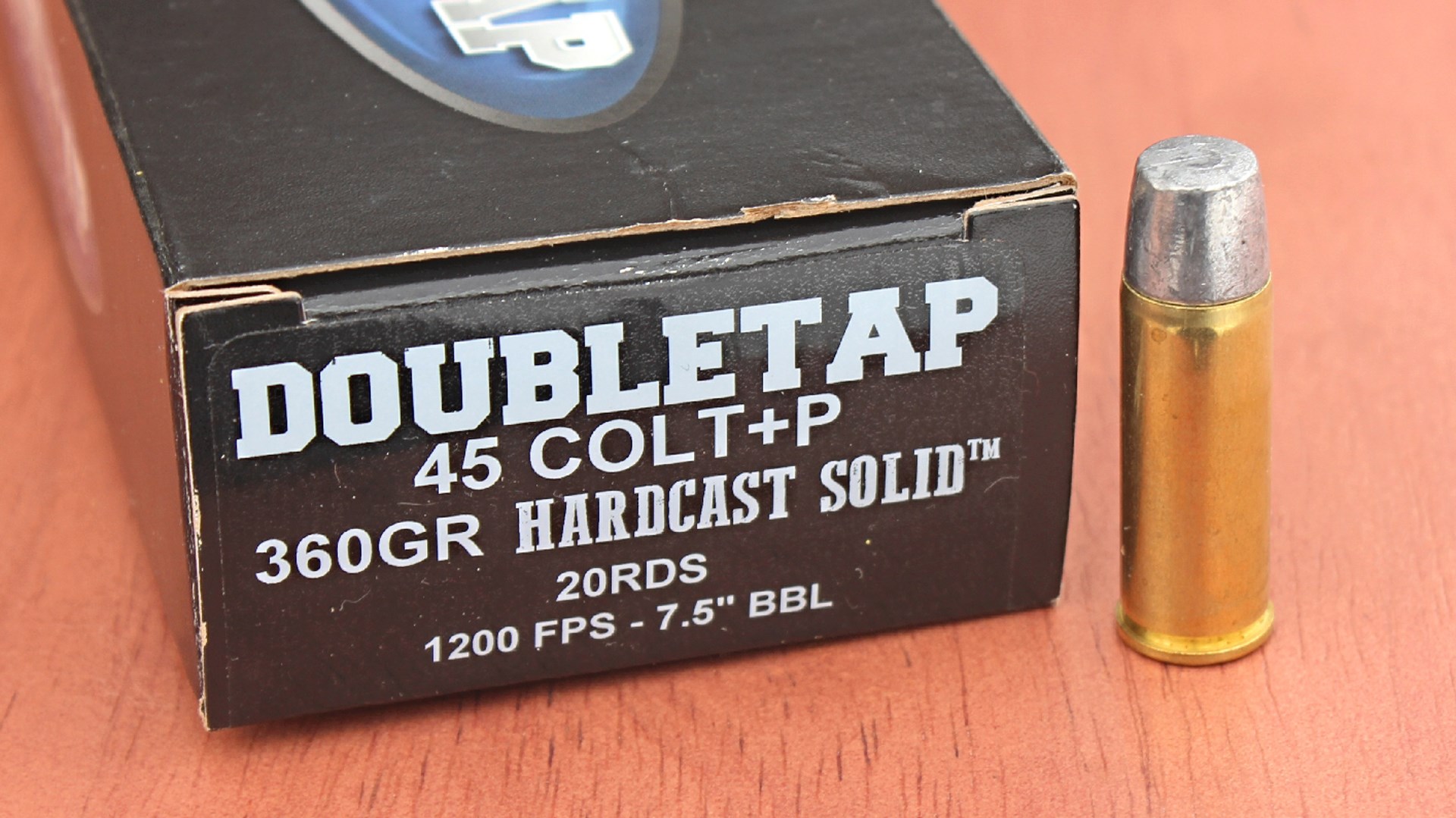
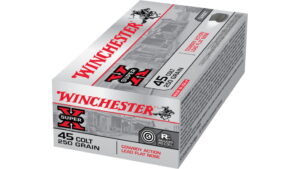
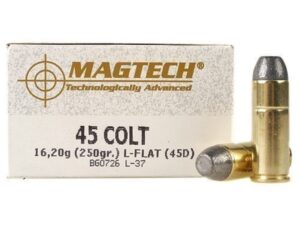
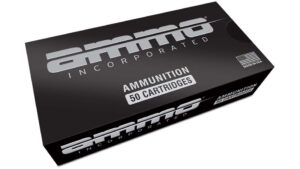
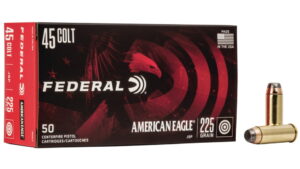

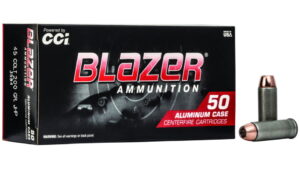
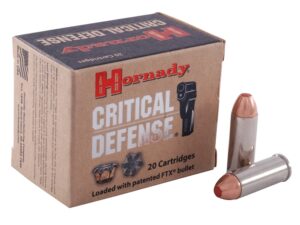
Be the first to review “Buffalo Bore Ammunition 45 Colt”
You must be logged in to post a review.